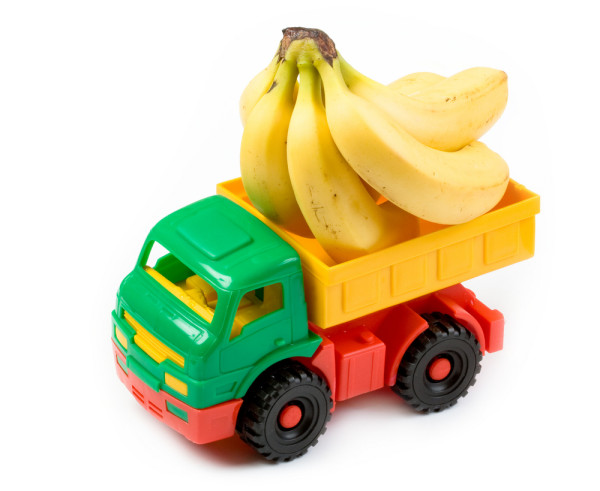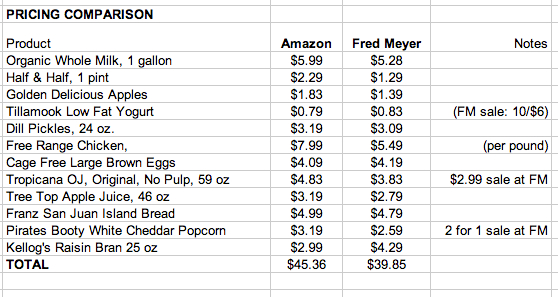Amazon has come a long way over the years and has certainly changed the way consumers shop. And with their recent launch of Amazon Fresh, they are slowly attempting to tackle the online grocery shopping industry as well.
For the past five years the service has been available only in Seattle, where Amazon launched the pilot grocery project and tried to work out the kinks. To be fair, this is one of the longest-running tests in tech history. But based on recent reviews about its newest expansions to Los Angeles and San Francisco, it sounds like maybe they should have kept trouble-shooting for a little bit longer.
Here’s how it works: Place your order in the morning and wait for its arrival at your door “by dinner time”, assuming you’ve paid the $299 annual Fresh membership fee. But Customers report being forced to buy multi-packs of certain items, say that the produce isn’t always in the best condition, and report that oftentimes things weren’t available for their promised same day delivery. (For a less-than positive review of the service, check out this video from the Supermarket Guru.)
Also, item by item, prices to tend to be a bit higher than your neighborhood grocer, which sort of makes sense. After all, you don’t actually have to do the shopping yourself. But if it’s savings you’re after, this may not be the solution for you. Here’s a chart compiled by GeekWire comparing prices of basic produce items from AmazonFresh to Fred Meyer (a Northwest regional grocery chain).
Other online home-delivery alternatives for those that don’t have the time to hit the store include Community Supported Agriculture (or CSAs; deliveries from local farmers), FreshDirect, and Peapod.
Will Amazon Fresh last? Hard to say. We think e-grocery shopping is here to stay, but so is the good old fashioned supermarket down the street.
Also Read:


